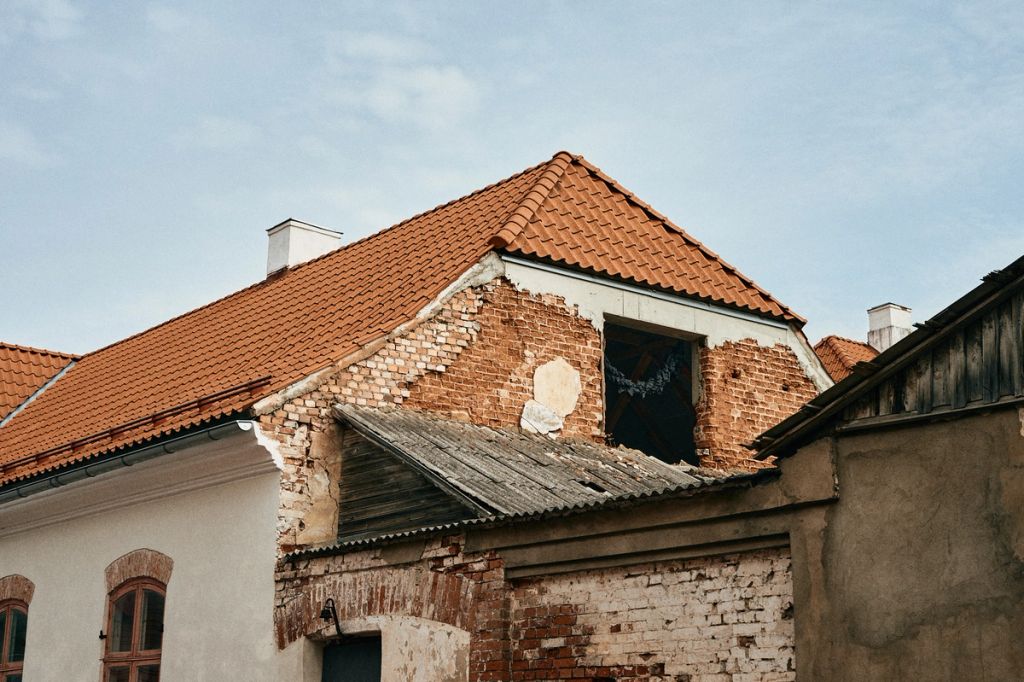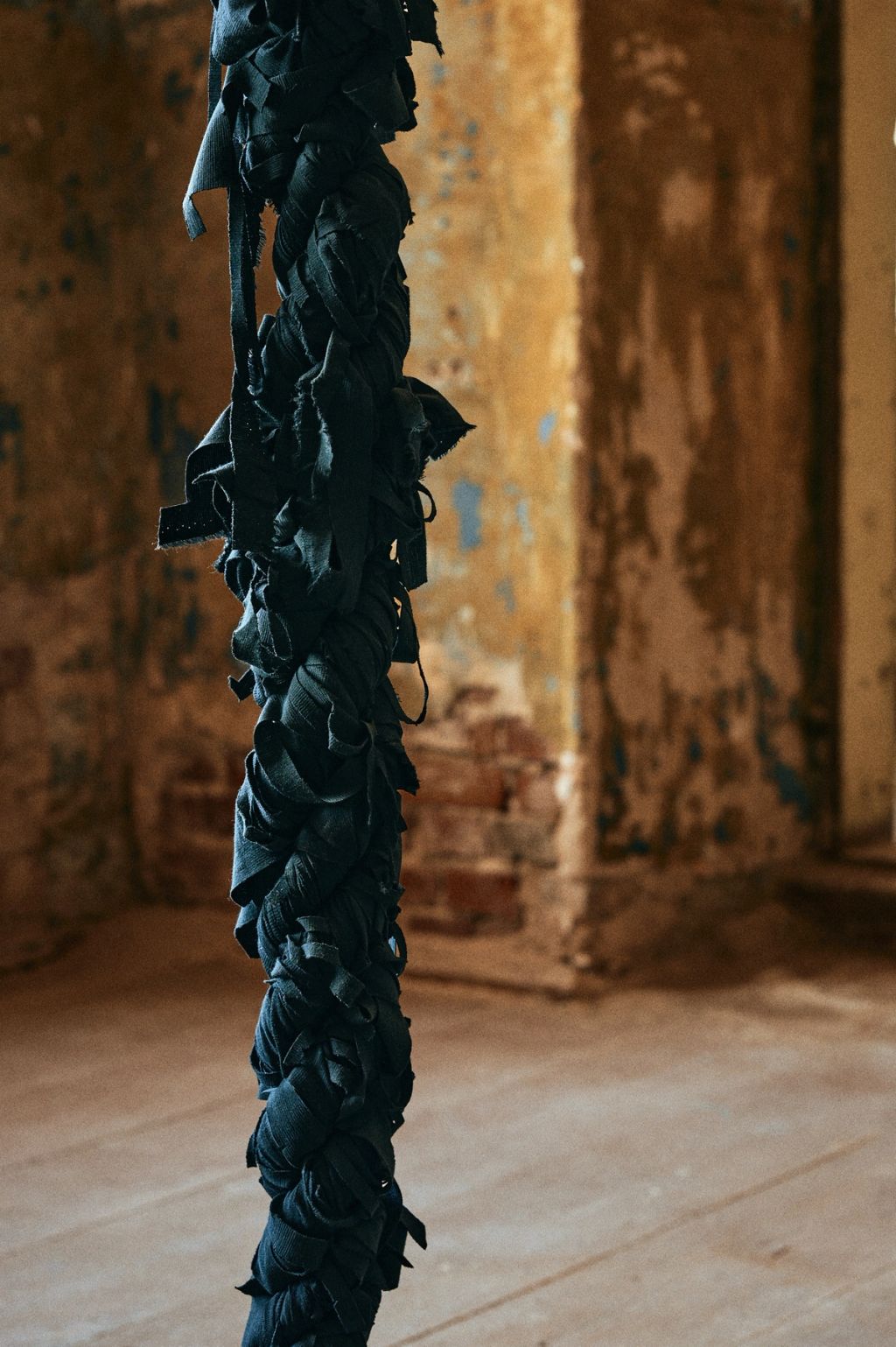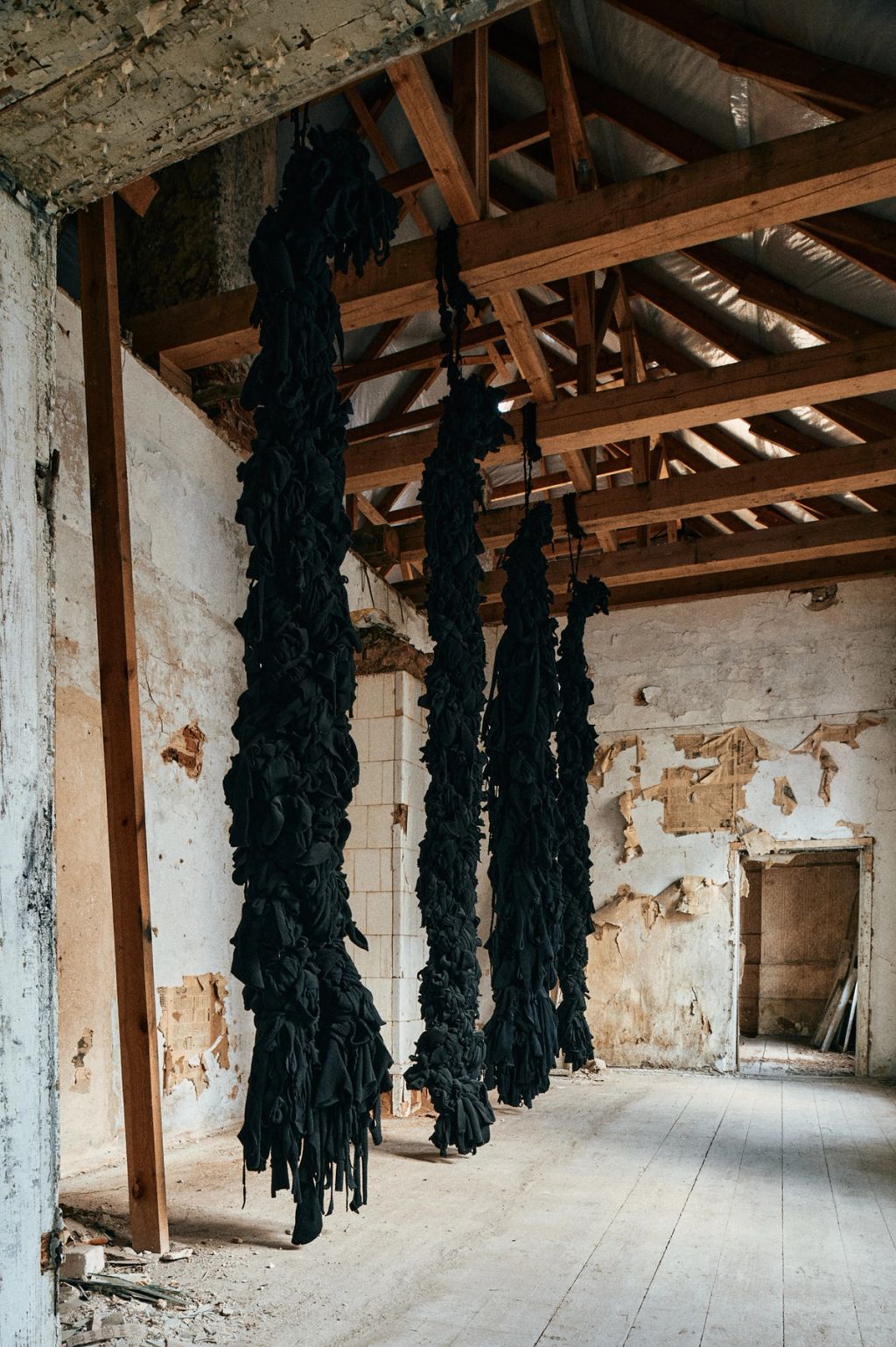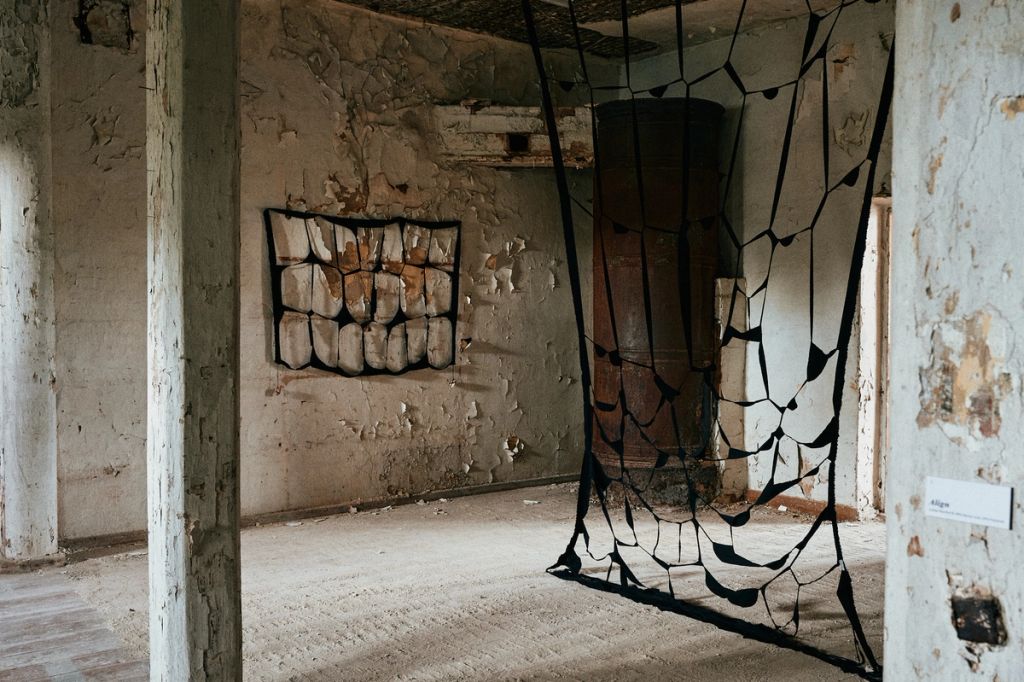Entwined Matters
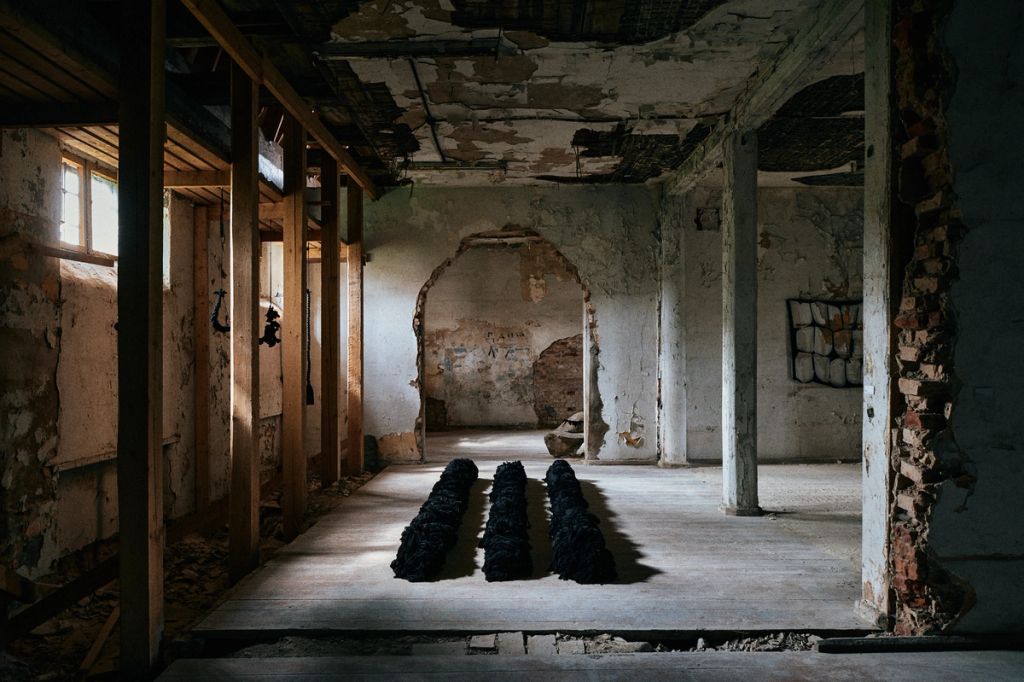
Date: August 2024 Location: Valga, Estonia Material: Off-cut textile Collaborator (Material provider): Aclima Organiser: VARES Project Partner: Tartu 2024, European Capital of Culture Production: PAN- PROJECTS & VARES Photo / Video: Yuta Sawamura Video Music: Aya Yoshida Video Sound Design: Mai Sukegawa
Entwined Matters by London-based architectural design studio PAN-PROJECTS reimagines textile off-cuts from clothing factories into distinctive ropes using an easily learnt technique. Each off-cut is unique, resulting in ropes with original textures and characteristics. While these textile fragments are typically fragile and discarded, the rope-making process—twisting and intertwining them—transforms them into highly durable materials. By combining historical inspiration with practical techniques, the project redefines these textiles as valuable resources with the potential for creative reuse, challenging how we perceive industrial by-products.
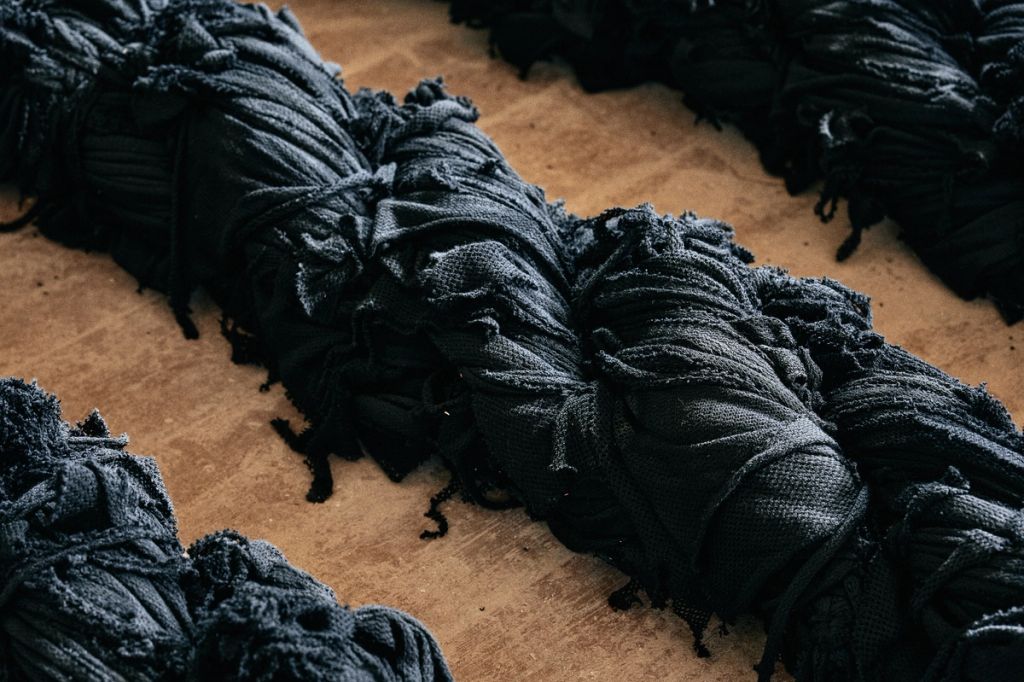
Entwined Matters transforms textile off-cuts from the fashion industry into ropes through a process that intertwines fragility with strength. Often dismissed as industrial waste, these off-cuts retain their original patterns, colours, and textures, making each rope unique. This method bypasses conventional shredding, which diminishes material value, and instead transforms the fragments into durable and visually striking forms. Presented in “know the ropes,” an exhibition dedicated to the project as part of the VARES architecture residency in the European Capital of Culture Tartu 2024 programme, Entwined Matters was showcased in the abandoned district office of Valga, Estonia. The setting, with its weathered architecture, offered a compelling backdrop for the reinterpreted materials. The off-cuts used for the exhibition were donated by a Valga-based factory producing garments for Norwegian brand Aclima. One of humanity’s earliest tools, ropes have served diverse purposes throughout history, from binding and construction to religious rituals. Entwined Matters draws from this legacy, transforming fragile materials into strong, functional ropes that combine practical utility with distinctive visual and tactile qualities. The project employs a simple and easily learnt twisting technique, avoiding shredding or specialised machinery, ensuring the original materials’ integrity is preserved and that the process can be easily adopted anywhere in the world. Rather than treating industrial by-products as waste, Entwined Matters highlights their potential as raw materials for thoughtful design, connecting historical craftsmanship with contemporary approaches to material reuse. PAN- PROJECTS is actively seeking collaborations to expand the scope of this initiative by exploring more types of off-cuts and partnering with more fashion brands to create new possibilities for material reuse.
